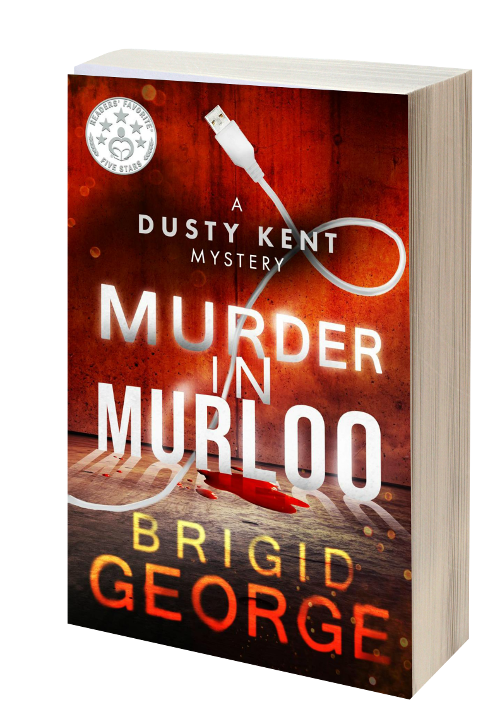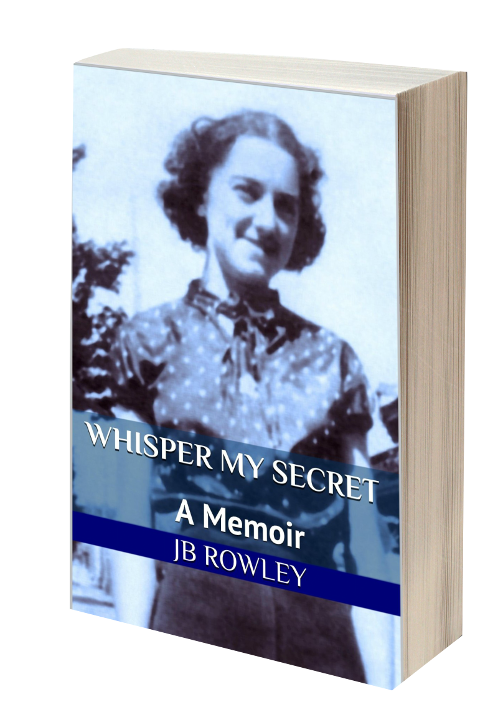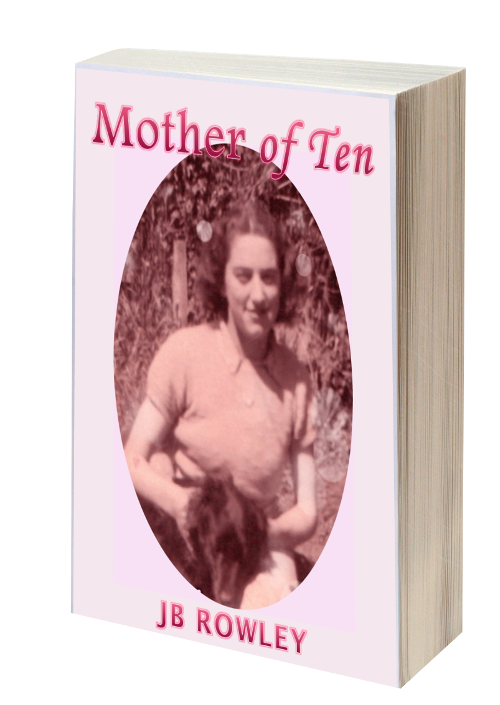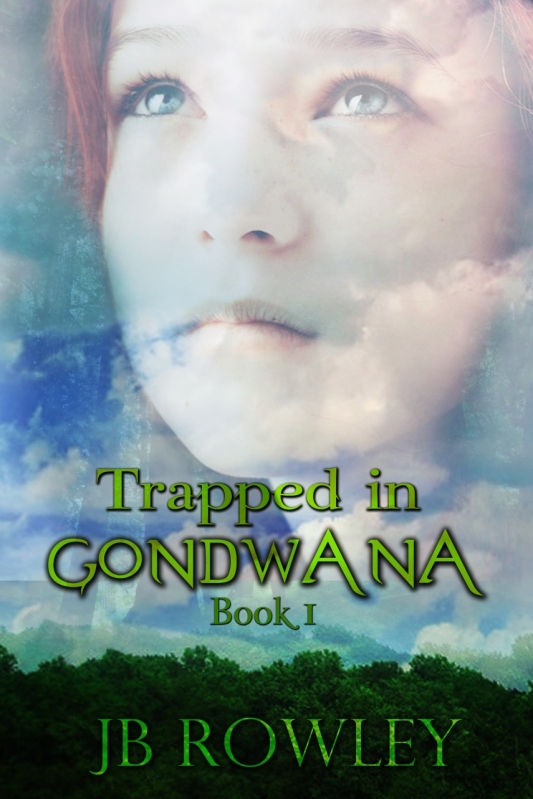Wilhelmina Woylie: the little stick carrier
 Wilhelmina Woylie is a children’s ebook designed to be read on tablets, smart phones and computers with beautiful illustrations by Katie Stewart. It tells the story of a little woylie who goes out one night to fetch sticks for her nest, unaware of the danger that lurks at every corner.
Wilhelmina Woylie is a children’s ebook designed to be read on tablets, smart phones and computers with beautiful illustrations by Katie Stewart. It tells the story of a little woylie who goes out one night to fetch sticks for her nest, unaware of the danger that lurks at every corner.
Please note: You might like to read the book before reading this blog in full as it contains plot spoilers. Download here.
Although the story is primarily for children’s entertainment, it can also be used for learning. Just as the stories used by the Australian Aboriginal people have been used for thousands of years as teaching tools, so can the story of Wilhelmina Woylie.
On one level, children learn about woylies (aka brush-tailed bettongs) in their natural habitat, the danger feral cats pose to woylies and other native species, and they learn about other Australian animals as well as endangered species.
On another level, the story of Wilhelmina Woylie can open up a discussion about the threat of bullies. In the story, Wilhelmina handles the feral cat in the only way she can. She uses sticks to frighten the cat because there is nothing else she can do. If the cat catches her, she will die and so will her baby in the nest because there will be no-one to feed it. She doesn’t run because she knows the cat will be much faster.
Parents and carers can, if they wish, discuss the best way to deal with bullies in the playground. Should we use sticks? What is a better way for children to react if they are threatened by a bully?
Other possible issues for discussion include the importance of caring for the habitat of animals, the natural environment, understanding nocturnal animals (the emu is not nocturnal – he just happened to get hungry that night) and the importance of small animals.
The book is designed to be read aloud and shared between an adult and a child. There are different ways of approaching the reading of the story depending on the age and needs of the child. In general, read the story using the main text, the pop-up texts and the pictures. However, for very young children (e.g. under the age of two) you can just use the pictures without reading any text at all. Alternatively, you could just use the text pop-ups and pictures without reading the main text. For other children, you might like to encourage them to read repeated words and phrases – but only if that is something the child enjoys doing. The most important thing is that the reading of the story is a fun shared activity.
My purpose in writing Wilhelmina Woylie is to raise funds for FNPW (Foundation for National Parks and Wildlife), an organisation set up to protect Australia’s native species and ecosystems. When you read the story, I hope it brings a smile to your face knowing that your purchase of the book has helped endangered wildlife like the little woylie.
Download a copy here.
Until next time…
JB 🙂





